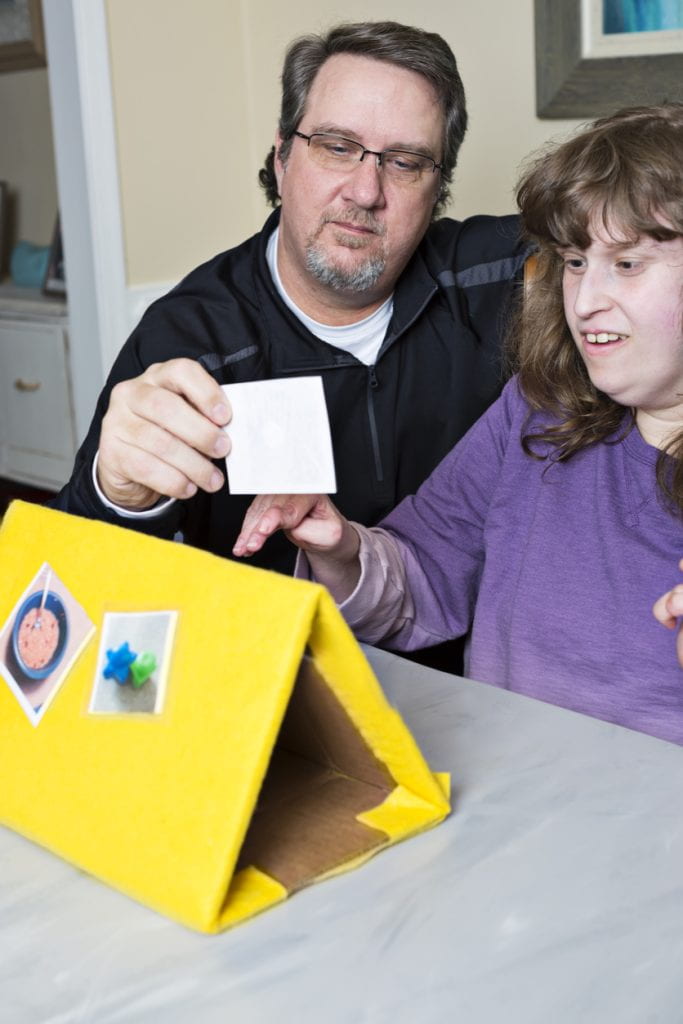It’s the most wonderful time of the year – right? Or does it feel like the most chaotic couple of months out of your year? As the holiday season approaches, it’s easy for routines to take a backseat to festivities. While it’s important to celebrate and enjoy this special time of year, maintaining a structured schedule can be incredibly beneficial, especially for children in grade school. Children thrive on routines. While it can be fun to relax a little on the daily routine during winter breaks, this uncertainty often leads to fatigue and overstimulation. Knowing what to expect often helps children move through their nights and days smoothly. This is because it reduces the likelihood of them becoming overwhelmed by the unknown.
As discussed in a previous post, “Tantrums vs. Sensory Meltdowns”, we learned that a child who is tired or overstimulated ends up losing control over their emotions and behavior. The winter months often include a lot of special events and time being stuck indoors due to cold weather. A visual schedule is a great tool to help your child move through these uncertain times with more ups and less downs.
A visual schedule is a powerful tool that provides structure and predictability for children. It offers a clear visual representation of the current day’s activities, which helps children understand what to expect and reduces the anxiety associated with uncertainty. There are a variety of ways to create this schedule with your child. Whether you choose a virtual or physical schedule, encourage your child to participate in its creation. This partnership will increase your child’s understanding and willingness to participate.

Some tips for successful implementation of a visual schedule are as follows:
- Be creative. A visually engaging schedule, using colors and pictures will make it more kid-friendly and fun to use.
- Keep it simple. Just as you are trying to simplify daily routines, simplifying the appearance of this schedule will avoid confusion. Make sure pictures are easily recognizable to your child and that it is not too full or cluttered.
- Set realistic expectations. Time blocks for chores and homework should include breaks and be balanced with plenty of time to rest or play. Children’s bodies and minds work very hard to learn and grow and without this balance of time they will not be successful in their tasks.
- Personalize it. Each child has their own favorite activities and needs. Don’t forget to include your child’s favorite activities on the schedule to break up the routine with some fun. Also, don’t forget to use this tool to make sure needs are met. Some children may need more rest time on days packed with activities, others may need more time for physical activity before winding down for the evening. Be sure to schedule tasks that target your child’s specific needs.
- Reward them! Children learn well in a rewards-based system. For example, rewarding them with 20 minutes of reading together after picking up their toys is a great motivational tool. Stickers are inexpensive and highly motivating to most children.
- Format your schedule for success. Many children struggle with the concept of time. Making a visual representation of what an hour vs. a half hour looks like, will help your child understand how time works and have a better understanding of how long tasks will take.
- Don’t forget to rest. It’s so easy to overbook our days, especially during busy times of the year. Or, during some of the quieter winter months, it’s easy to let routines go and spend too much time without structure. Active rest engages the brain and accomplishes simple tasks while still finding a way to slow down and allow us to recover. Active rest is important for the whole family – so it is important to include these activities in your weekly routines. For a child, active rest may look like playing with their toys, or going for a walk.
- Be flexible. Schedules will change and needs may vary. Allowing some flexibility in your schedule helps children learn this important skill that can be hard for anyone to master. Using a format, like magnets or dry erase markers, allows you to quickly acknowledge your family’s needs as they change.
- Stay consistent. While it is very easy to throw routines out the window during winter break, maintaining some level of routine in your child’s daily life is crucial to allowing them the most fun while still making sure that they get an appropriate amount of rest and important tasks don’t get overlooked.
By utilizing a visual schedule and maintaining routines, we can create a harmonious balance between celebration and well-being. Remember, a happy and healthy holiday season starts with a well-maintained routine and clear expectations for your child.
On behalf of the Washington University NF Center, we wish you and your family Happy Holidays.
Makenzie Sledd, MPT
